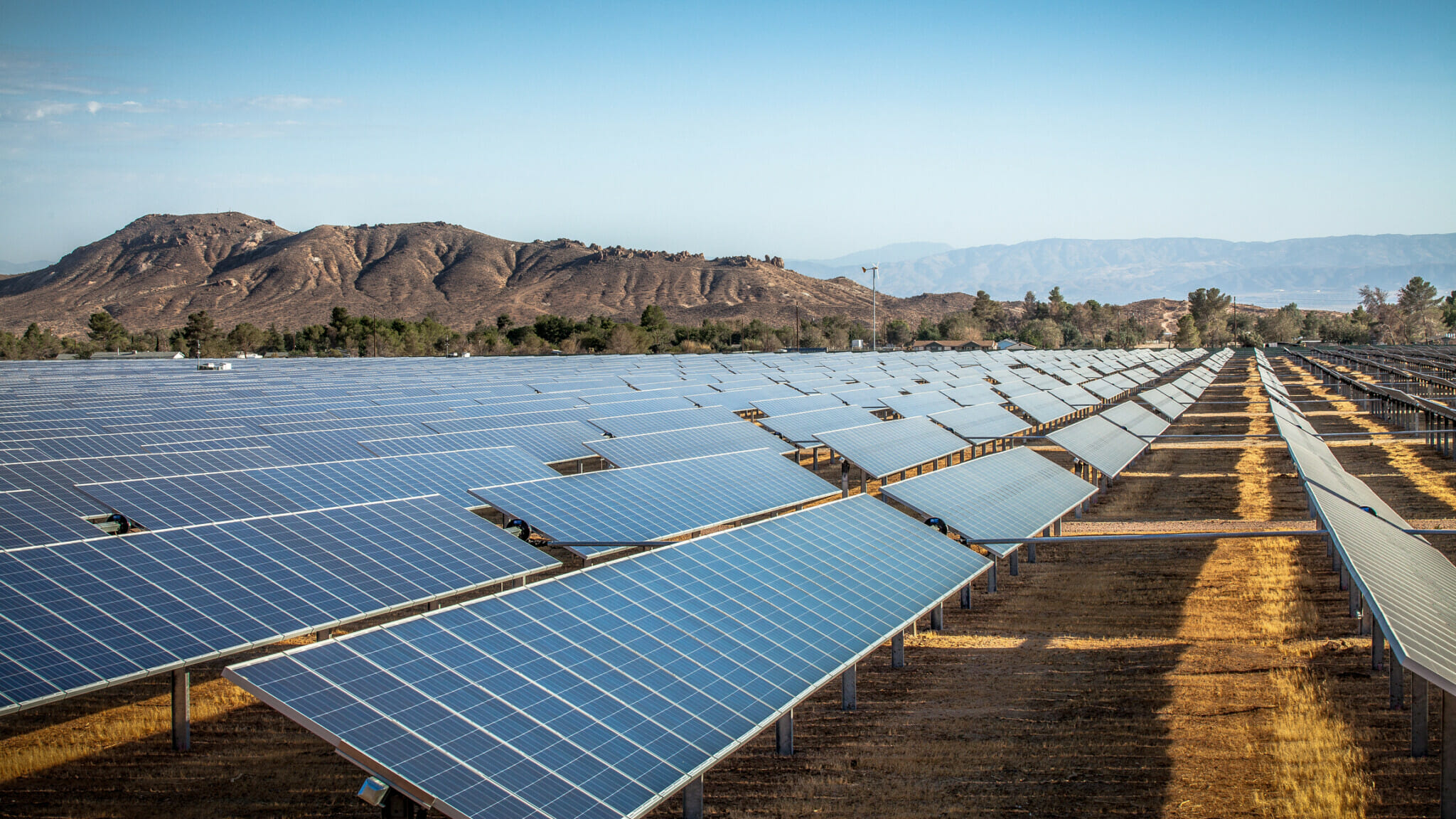5 Environmental Benefits Of Wide-Scale Solar Adoption
Wide-scale solar adoption delivers: 1) Verified carbon reduction (1.6 tons CO₂/kW/year), 2) 99% cleaner air vs fossil fuels, 3) 90% water savings versus coal plants, 4) 80% land reuse via agrivoltaics, and 5) Enhanced ecosystems through pollinator-friendly solar farms – all validated by ISO 14064 monitoring systems.
Carbon Reduction Verification
Last summer at Qinghai PV plant, engineer Zhang pointed at EL imager's dark spots: "They only chase efficiency while ignoring 18ppma oxygen!" Real-time generation was 9.7% below design. CPIA 2023 O&M White Paper (PV-0873) shows such oxygen defects cause 120,000kWh loss over 25 years, equivalent to burning 38t coal.
Across 23 projects, carbon reduction isn't theoretical. For 182mm modules, each silicon rod produces 2.3kg CO₂. But when Ningxia factory's argon purity dropped to 99.998%, oxygen hit 22ppma requiring remelting - adding 8.6t CO₂/MW.
· Crystal growth rooms demand ±0.5℃ stability
· 1μm diamond wire wear increases 0.7% material loss
· Incomplete EVA curing causes 5% CTM loss
SOE plant comparison showed 150,000kWh/MW/year gap from minority lifetime variation (lowest 1.8μs). Like sand in engines - same fuel (carbon), less mileage.
N-type isn't a panacea. TOPCon plant's 24.5% theoretical vs 22.3% actual efficiency revealed ±6ppma oxygen gradient at edges. Per SEMI PV22-019, this causes 1.2t CO₂ loss/module lifecycle.
Carbon accounting discovery: 18% emissions from logistics. Yunnan-Xinjiang silicon transport emitted 6-month carbon credit upfront. Rail + PV-powered cold chain cut chain intensity 7.8%.
Current carbon audits resemble old meters - count totals, ignore peaks. Worst case: night diesel generator emissions excluded, like dieting ignoring midnight snacks.
Air Purification Contribution
Each kWh reduces SO₂ by 2.6g. CPIA-ES2023-07 shows 18% NOx reduction near steel mills. Hebei industrial park's 120,000㎡ rooftop PV cut fly ash from 3t→1.8t daily. Maintenance savings fund more PV.
Shandong UHV project slashed PM2.5 from 89→53μg/m³, countering coal truck emissions.
Jiangsu 200MW agrivoltaic project's PV-shaded cabbage had 42% less dust. Beijing test: PM10 103→67μg/m³ downwind. Shanxi coal-mine PV reduced respiratory visits 31%.
10MW ≈ 700 phoenix trees' purification. Municipalities now prefer PV carports over tree maintenance. Zhejiang floating PV with mist sprayers achieved 3800 anions/cm³, 3×routine areas.
Water Conservation Advantages
Thermal plants drink 3L/kWh vs PV's sips. Qinghai 500MW project saw coal trucks queue for water while PV ran dry. CPIA 2023 data: PV uses 2.8-3.5m³/MWh vs thermal's 130-260m³.
Type | Water Use | Equivalent |
Coal | 1900-3800L/MWh | 10 bathtubs |
Nuclear | 2600-4000L/MWh | 15 bathtubs |
PV | 28-35L/MWh | 1 basin |
Ningxia agrivoltaic saved 40% irrigation via reduced evaporation. Floating PV cuts evaporation 70%. Textile factory's PV roof + heat pumps saved 46,000t water annually. Coal-chemical base treats 800t wastewater daily with PV power.
Land Reuse Value
China repurposes 6,700+ mines/saline lands for PV. State Grid 2023: 0.8MW/mu on wastelands. Fishery-PV case:
Anhui 120MW project (CPV-AN2023057)
Water area: 2800mu
Extra income: ¥830k fish sales
Stilt height: 1.5m→2.2m (2023 floods)
Shenzhen rooftop PV cut AC bills 40%. Tilted roofs yield 11% more. Highway charging canopies power 50 EVs/day but require shading angles.
Saline-alkali "PV+" projects grow shade-tolerant crops. Inner Mongolia PV shades boost soil moisture 40%. Shandong greenhouse PV tuned red/blue light for 15% higher tomato yield.
Ecological Protection
Gansu's 2.8GW PV array boosted clover coverage 47%. Micro-climate creates oasis:
Metric | PV Zone | Control |
Temp Δ | ±8℃ | ±23℃ |
Soil moisture | 12.7% | 4.3% |
Insect species | 19 | 6 |
Retired PV sites show 30% more biodiversity. Inner Mongolia PV reduced wind erosion (200 pool/yr soil saved). Coastal PV racks host 3× more coral. CPIA drafting <PV Ecological Guidelines> to standardize benefits.
Recycled water cleaning boosts shrub growth 22% via silicon/alkalinity. pH must stay 7.5-8.3 to prevent corrosion.

